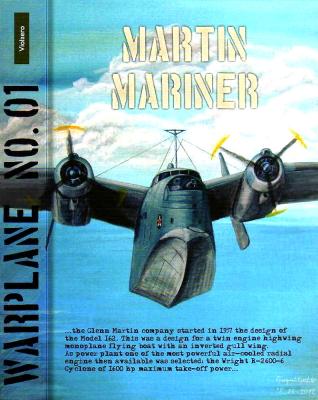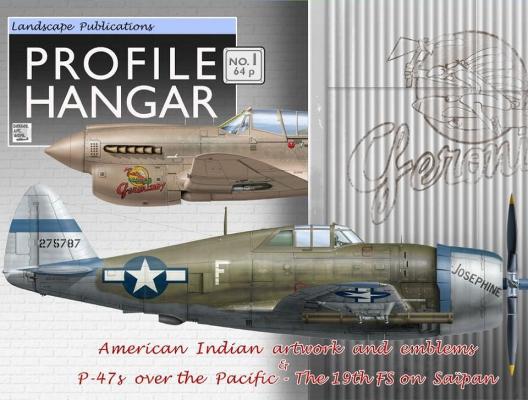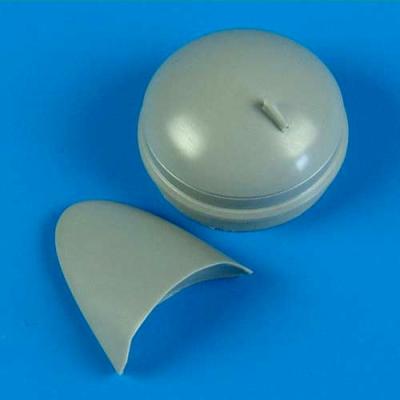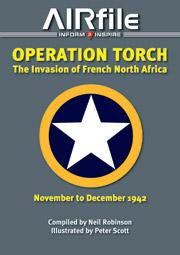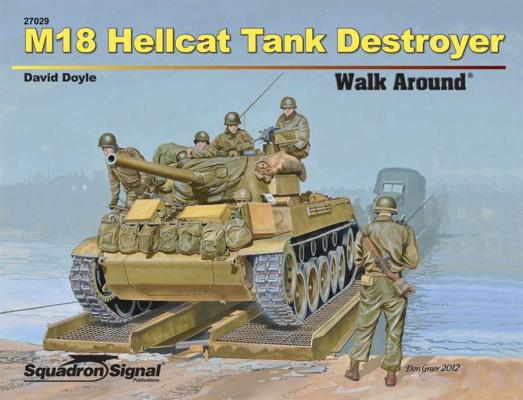This Dutch publication from Violaero by authors Nico Braas and Srecko Bradic is chock-full of photos and detail drawings of Martin’s PBM in all its variants. They managed to pack a lot of good information into its 48 pages, with several photos which were new to me – and I’m a real Mariner fan.
Welcome to the IPMS/USA Reviews site!
Introduction: The primary organization of the IPMS/USA Review website is by IPMS/USA National Contest Class. Within each Class there are sub-menus by kits, decals, books, etc. The Miscellaneous Class is for items that are not class specific or that cross two or more classes.
IPMS/USA Members: We encourage you to submit reviews, both here and to the Journal. To volunteer for membership in the IPMS/USA "Reviewers Corps" and submit your own reviews, please read the Guidelines For Submitting Product Reviews.
Manufacturers, publishers, and other industry members: IPMS/USA is pleased to offer your company the opportunity for product reviews. All product reviews are performed by IPMS/USA members, and are posted in the publicly-accessible section of our website. With very few exceptions, we perform full build reviews of new kit releases, aftermarket products, and supplies. If you would care to provide product samples for review, please contact John Noack, IPMS/USA 1st VP.
To learn more about IPMS/USA, please see our About Us page.
This is the first in a new series of books by Landscape Publications. The series is built around highly-detailed profiles, with supporting text and photos. This particular volume is broken down into two sections: Insignia & Nose Art (featuring American Indian artwork & emblems), and Hangar Special (featuring P-47s of the 19th Fighter Squadron on Saipan).
This publication seems to fall somewhere between a book and an extremely high-quality magazine. I say this because the subjects in the two sections are completely different, and are presented as though they are separate articles in a magazine. The unifying feature is the profile artwork (hence the title). I assume future volumes will have a similar format, and it is possible they will each have the same two sections.
When this item came up for review, I did a little research and found early P-61's didn't have a connection for the external fuel tanks (but they were soon added). Those thirsty engines needed more fuel for ferrying and long range runs, sond to accommodate that, they came up with a fuel tank with an aerodynamic fairing behind it that fit where the turret would ultimately end up. Great Wall's first release of the Black Widow is a perfect selection for Quickboost’s latest release, an external fuel tank. The set consists of two parts, a tank insert and the fairing behind it. Installation is simplicity itself. The main tank fits right into the hole which is blanked off normally. The aerodynamic fairing needs its flash sanded off and to be glued in place and, if you want, a fuel line could be added.
This is a great add-on for early P-61's. It is easy, simple, and adds interest to the kit. Recommended. My thanks to Quickboost and IPMS/USA for the review sample.
History
Operation Torch (initially called Operation Gymnast) was the British-American invasion of French North Africa, specifically Morocco and Algeria, in World War II during the North African Campaign, started on 8 November 1942. Operation Torch was the first Allied amphibious operation of the war
The Allies planned an Anglo-American invasion of Morocco, Algeria, and Tunisia, territory controlled by the Vichy French government. With those nations under Allied control, the Allies could carry out a pincer operation against Axis forces in North Africa. The Vichy French had around 125,000 soldiers in the territories as well as coastal artillery, 210 operational but out-of-date tanks, and about 500 aircraft, half of which were Dewoitine D.520 fighters. In addition there was a strong force of German and Italian military forces available.
The Tank Destroyers were a short-lived branch of the U.S. Army in World War II, based around a theory that tank destroyers would be dedicated to fighting enemy tanks, freeing our tanks for infantry support. Furthermore, half the Tank Destroyer force would consist of towed anti tank guns. Gradually, the towed guns were replaced by self propelled vehicles, such as the M10, M36, and finally, the M18. All of these vehicles handled themselves quite well against German armor, as well as serving as support vehicles for infantry, but their weak link was the open turret which exposed the crew to small arms fire, shell bursts, and grenades. In the end, the tank destroyer program was cancelled, with standard U.S. tanks assuming the tank vs. tank role. M18s soldiered on in other armies, some seeing action as late as the 1990’s in Serbia.











